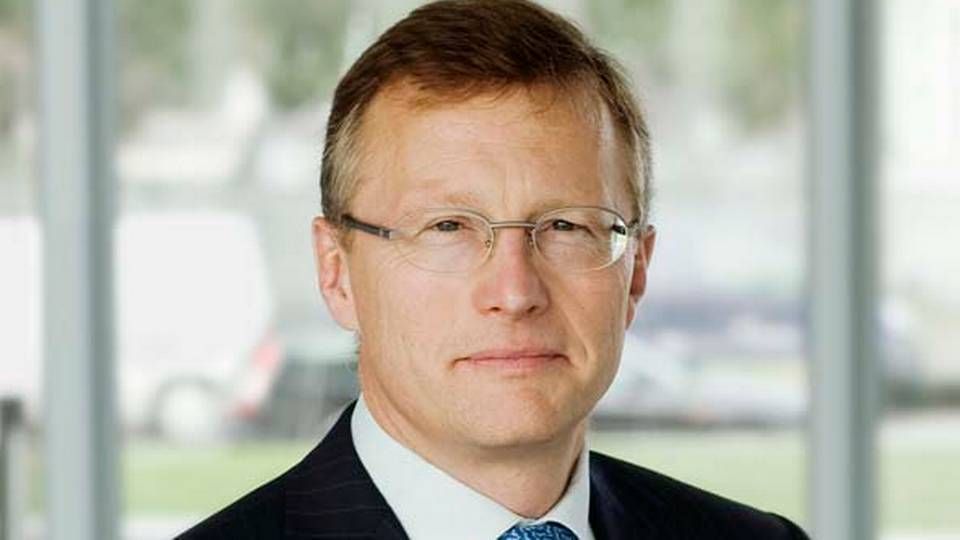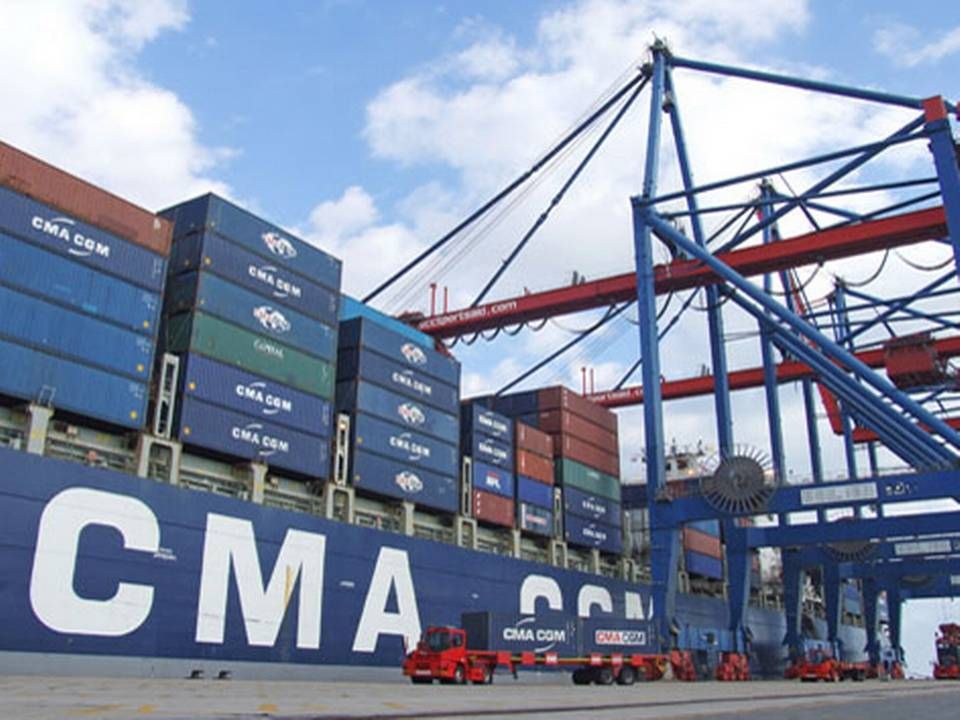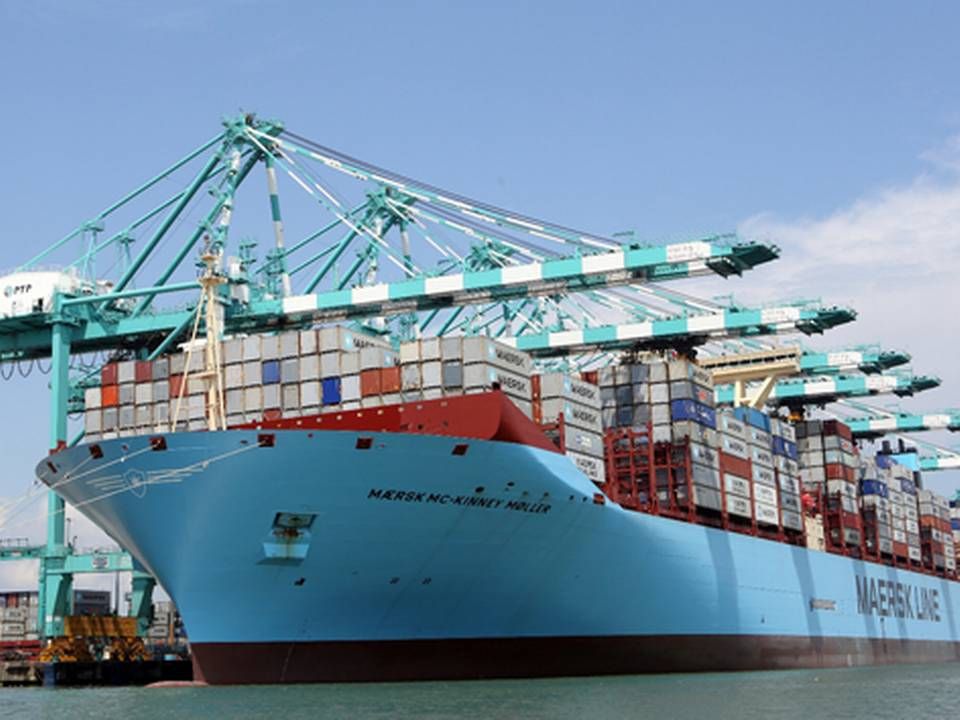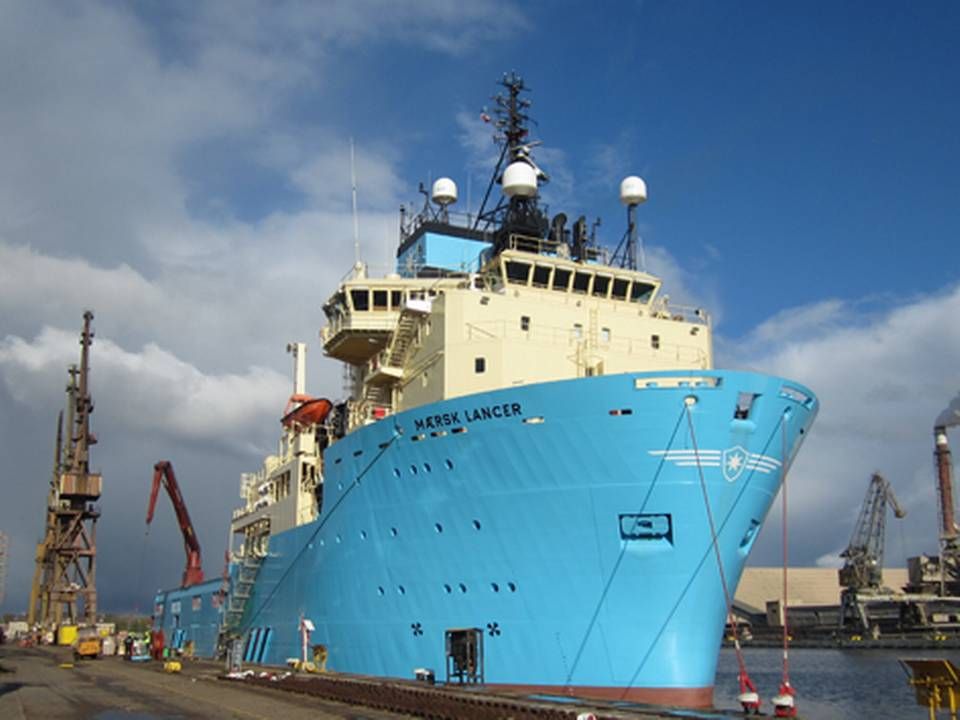Smedegaard outlines the new Maersk

Maersk Line increases its expectations for 2013 as a whole, at a time when much of the global container industry is bleeding. APM Terminals and Maersk Drilling are well on the way to reaching the billion dollar resultat goal. "I hope they're proud of that." The Group has so much faith in the smaller companies such as Supply, Svitzer, Damco, and Maersk Tankers that these companies are now being combined to form a new, fith core unit for the Group. Even the coming P3 alliance, which is currently being negotiated with the world's second and third-largest carriers, is not a must have for Maersk.
"Maersk Line has proven that the carrier can take care of itself," says Smedegaard to ShippingWatch.
A peek at the meetings between Maersk, MSC, and CMA CGM
Besides being thoroughly pleased with the result, which proved all the pessimistic analysts, and even some of the optimistic ones, wrong, Smedegaard went on, basically to outline the Maersk Group in the years to come, when he presented the Group's interim report Friday morning.
Maersk to stand on five legs
And that's a Maersk that will stand on five legs going forward, and where the strong result of the line-segment, in particular, forms the best starting point for the new strategy:
"The many years of work that have gone into improving the operation of Maersk Line is starting to pay off. This is the third straight quarter in which our profit margin is more than five percent above the industry average. Maersk Line's competitiveness has stabilized at a high level, not least because we've worked continuously to cut costs, and we've done a great job," says Smedegaard today, adding:
"I'd say we're feeling pretty successful right now."
Maersk Line increases expectations for 2013
The same feeling applies to the prospects for the powerful P3 alliance between Maersk Line, MSC, and CMA CGM. According to the Maersk Group CEO, the negotiations have so far avoided any "red lights" from the competitive authorities that have to issue final approvals before the alliance, and its 255 ships, can start operating in the second quarter 2014. And if something should happen and the alliance doesn't work out, Smedegaard believes that, of the three carriers, Maersk Line is the one holding the best cards, and that the carrier can easily survive by itself.
"Maersk Line has proven that the shipping company knows what it's doing. We have an excellent customer service and we'd be able to take of ourselves in case the aliance fails," says the CEO.
On track toward targets
The current targets for the two major business units APM Terminals and Maersk Drilling are also maintained, and they are developing according to plan toward the established targets:
Maersk Drilling thus achieved its best quarter result ever, and is said to be "well on track toward a USD 1 billion result in 2018." The same thing goes for APM Terminals, which saw its profits increase, even though the European business, in particular, is slowing down. The company has established a large portfolio in the growth markets, and in Nils Smedegaard's own words, "they're delivering solid results and are well on track toward a USD 1 billion operational result by 2016."
Maersk establishes new core business unit
The target for the new core unit means that Damco, Svitzer, Maersk Tankers, and Maersk Supply must achieve an operational result of USD 0.5 billion by 2016. The business unit will have its own CEO, who has yet to be named, but who will be in place before January 2014, when the new unit will be officially launched. And Smedegaard doesn't try to hide the fact that the new unit represents a gamble on the "smaller companies":
Development potential
"We see a potential for getting a bigge return from the smaller business units. We're setting targets because we believe that there's a potential for development, and of course we're willing to spend some time and money on growing those businesses," says Nils Smedegaard Andersen to ShippingWatch.
As for Maersk Tankers, the shipping company will focus on product tank, which means that the company's VLCCs will be put up for sale, as they've been sailing at major losses in recent years.
"We're going to spend our investment funds here, not right now, but when the market improves we're going to invest in renewing our product tank fleet, which also implies that we're going to reduce our focus on VLCC," says Smedegaard.
Maersk Tankers finished the second quarter 2013 with a deficit of USD 279 million, compared to a USD 9.47 milliom deficit in the 2nd quarter 2012.
Platou expects USD 200 million Maersk Line deficit
Related articles
A peek at the meetings between Maersk, MSC, and CMA CGM
For subscribers
Maersk Line increases expectations for 2013
For subscribers
Maersk establishes new core business unit
For subscribers





















